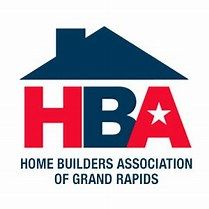Concrete Cost
How much will my concrete cost?
Concrete costs will vary a good deal based on a variety of different factors. The scale of the project, the type of concrete finish, the prep work necessary, accessibility of the project, the location of the project, the detail in the project is, and the concrete finish are all factors in the cost of your project.
There are four main parts laid out in one of our typical estimates. These are excavation, concrete, reinforcement and placement. Excavation, reinforcement and placement are the same regardless of what type of concrete finish is used.
Below are those different parts and how they may change from one project to the next. For the sake of discussion, this example involves the installation of a new 20’ x 20’ (400 square foot) stamped concrete patio in your back yard. We price our projects on a per square foot basis.
Excavation
Excavation cost will vary by the project’s soil type. Concrete should be placed on well-draining base.
Some areas we work contain very sandy soil. The only thing needed to create a proper base is to remove the sod and topsoil, and likely add additional sand to create the desired concrete thickness (4”).
Assuming the patio isn’t large, we will load the sod and topsoil in our dump trailer and drop it at the dump, where we also pick up any sand that we need for fill. This takes one trip in the truck, and X amount of time.
Now let’s change this project to a clay soil job site. Once again, we need to remove the sod and topsoil and take it to the dump. Then we need to remove 4” of clay and take it to the dump. Then we need to remove another 6 inches of clay and take that to the dump. This would require an additional two trips. Then we would need to get two more loads of sand. The cost of the excavation will likely be three times as much on a clay site due to the additional time, and material and fuel cost.
Some jobs, like pools and new construction homes will have little to no excavation cost as the excavation work has been done in advance by someone else. All we need to do is a finish grade.
Concrete
The concrete cost varies due to location of the job site. We mainly use two different redi-mix providers. One is more costly, but that company has a much larger delivery area. Depending on which company we need to use, cost will vary slightly. Both companies charge small load fees for loads under 5 cubic yards. If your project is less than 400 square feet, there will be some added cost due to this fee.
Concrete cost will also vary due to the location at the job site. Hard to access areas in the back yard or under decks require more time and added equipment to place than a driveway, so they will cost more per square foot.
Stamped concrete is more expensive than poured concrete. This is due to material cost not needed in brushed concrete (color, release, sealer, stamp rental) and the extra labor in the stamping, cleaning and sealing processes. In general, stamped concrete is about twice the price of brushed concrete. There is inherent value in beauty.
Adding detailed features like borders will add to the cost of your project, as will steps and borders.
Size of the project will also affect the cost of the job. It takes the same equipment and time to get to a large job as it does a small one and setting forms and grading doesn’t take much more time on the larger job. Larger jobs will usually be priced slightly less money on a per square foot basis. Scale is a factor in the different parts of a project but is most relevant as part the concrete cost. Please check out Economics of Scale blog for further discussion.
Reinforcement
Reinforcement refers to the metal we use in the concrete. We recommend using wire mesh reinforcement and rebar. Wire mesh is a 6” grid that resembles a fence that goes in the concrete. The amount used is based on the size of the project. We also will use fiber mesh reinforcement upon request. For more on reinforcement, check out the Reinforcement blog topic.
Placement
Placement refers to the method of how the concrete is moved from the redi mix truck into the formed area. We use three different types of placements.
Truck- The easiest method is off the truck. We do not charge for placement when we are able to pour from the truck. This is often possible with new construction projects, where damaging the yard is not a concern with pools, where the yar has already been damage by heavy machinery, or with some driveways if we are able to drive a truck up the driveway without disturbing the subgrade significantly. It may also be possible to drive in a yard that contains hard clay during extended dry conditions. A fully loaded redi mix truck is extremely heavy.
Concrete buggy-A concrete buggy can be thought of as a large, motorized wheelbarrow. Most of our projects are placed with a concrete buggy. The buggy is less than 4 feet wide, which allows us to fit through gates and narrow spaces. Buggies work well on mid-size projects, but placement times are longer than with a truck or a pump. For transporting concrete over long distances, however, buggies are often the only choice. The downside to this method is that it can take longer than other methods to place, and each buggy requires an employee to run it, which takes away from their ability to help on the pour. Sometimes we run multiple concrete buggies on the same project.
Concrete pump- There are two types of pump that we use-boom pumps and trailer pumps.
A boom pump resembles a crane in many ways. There is a hopper on the back of the truck that is filled by a redi mix truck, and the boom unfolds out through the air to where the concrete is to be placed. The pump pushes the concrete through metal and rubber hoses to the end, where it is placed by an employee. Boom pumps come in different sizes but the standard reach is usually between 100 and 130 feet. This can limit the areas where a boom pump can be utilized.
When longer distances are necessary, a trailer pump is usually better. A trailer pump is usually hauled behind a heavy-duty pickup truck. This type of pump can sometimes reach up to 300 feet. Trailer pumps use rubber hoses that run along the ground. These pumps are also referred to as small line pumps, as their hoses tend to be of a smaller diameter than those of a boom pump.
Pumps are very efficient but also have some drawbacks. The first is scheduling. We don’t own our own pump, so we hire a pumping company. Working with the schedule of both the redi-mix and pumping companies is not easy. Another problem we encounter when the pump jams up when too many rocks gather in the hose. It can take a while to start pouring, because the hoses usually need to be disconnected and cleaned out and unjammed before they are able to pump concrete through.
While the above paragraphs discuss factors that influence the overall cost, they are not actual dollar amounts. While there are many different online guides on various websites that give price ranges for different concrete services, I don’t think they are very accurate. Please check out my Online Pricing Guides blog post for more on this
Keep in mind pricing depends on the number of qualified contractors in your area, supply versus demand, the area of country you live in, and the quality of the work that you receive.
A well- known concept in the construction business is that you can have something done in two of three ways, and you can pick which two you want. Those ways are cheap, fast and well.
If you want something done cheap and fast, it will not be done well.
If you want something done fast and well, it will not be cheap.
If you want something done
cheap
and
well, it will not be
fast.



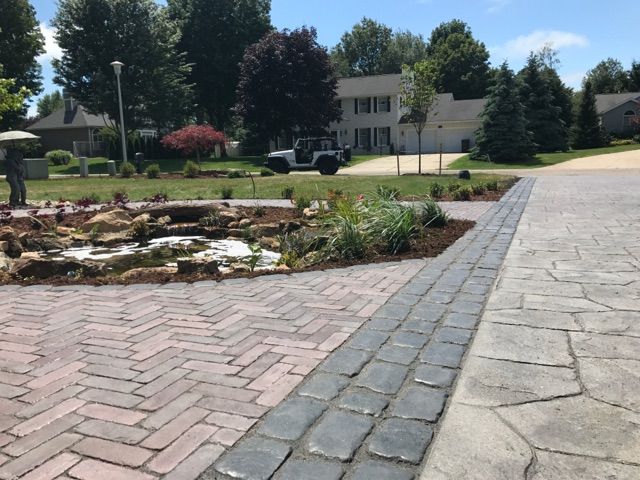

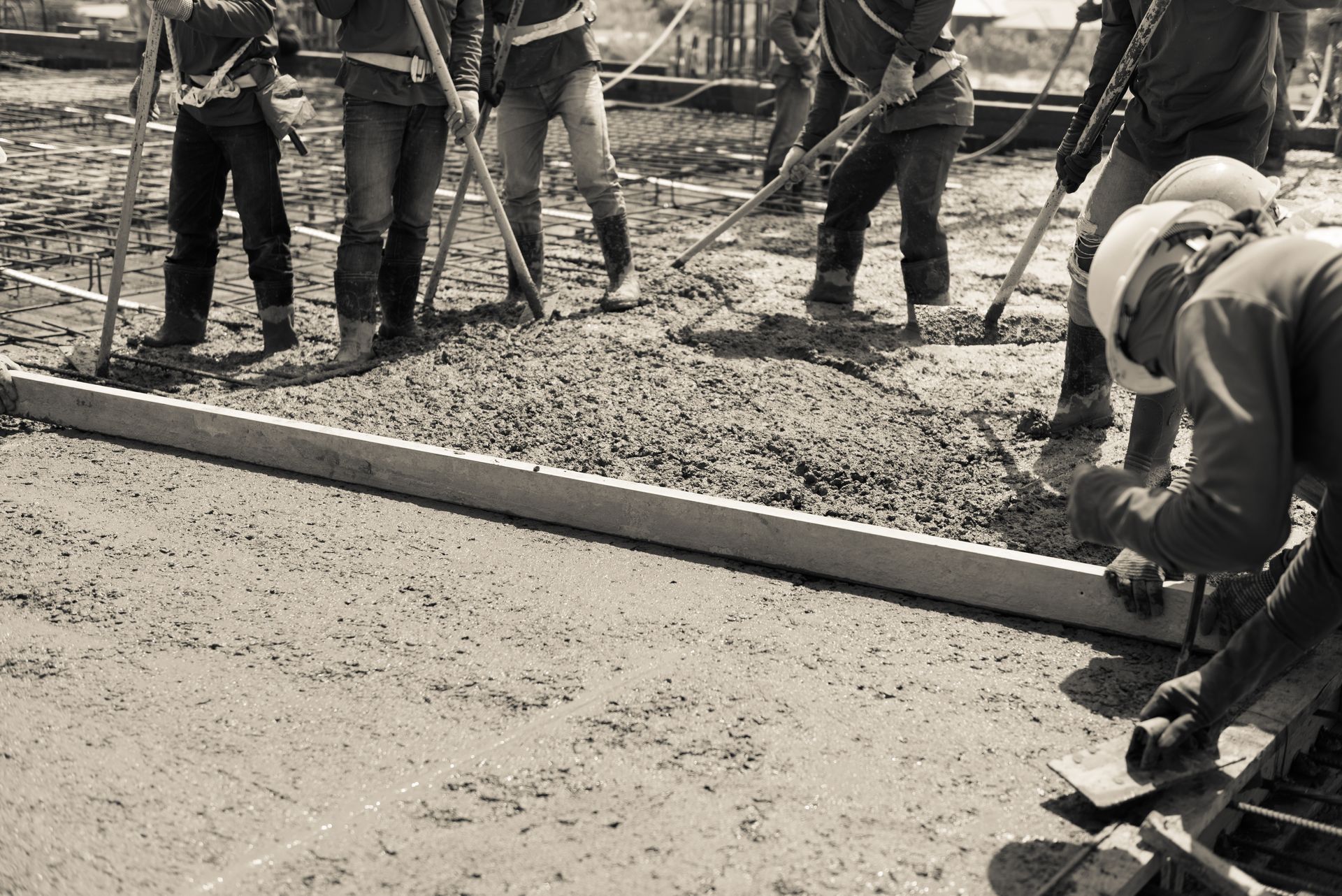
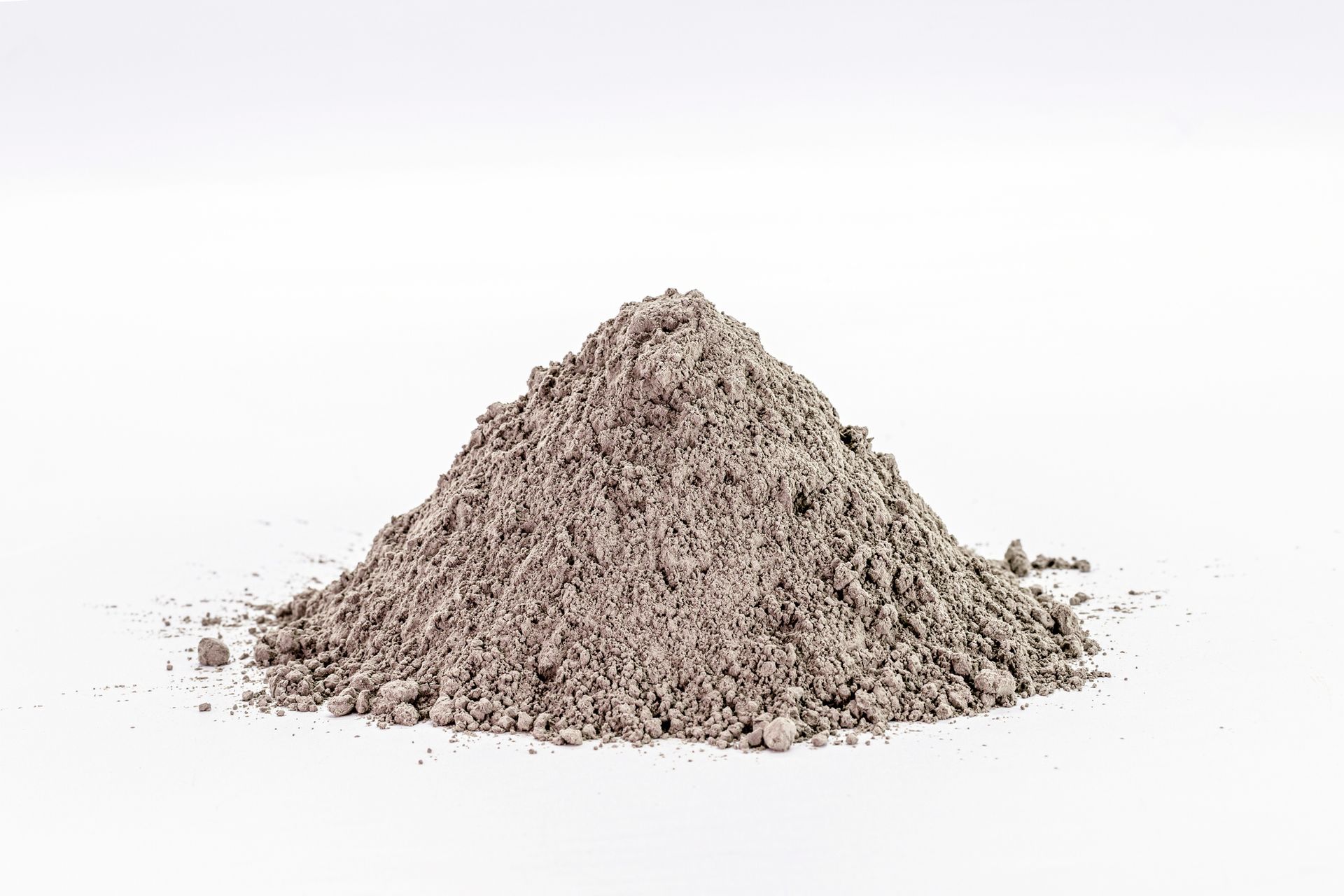

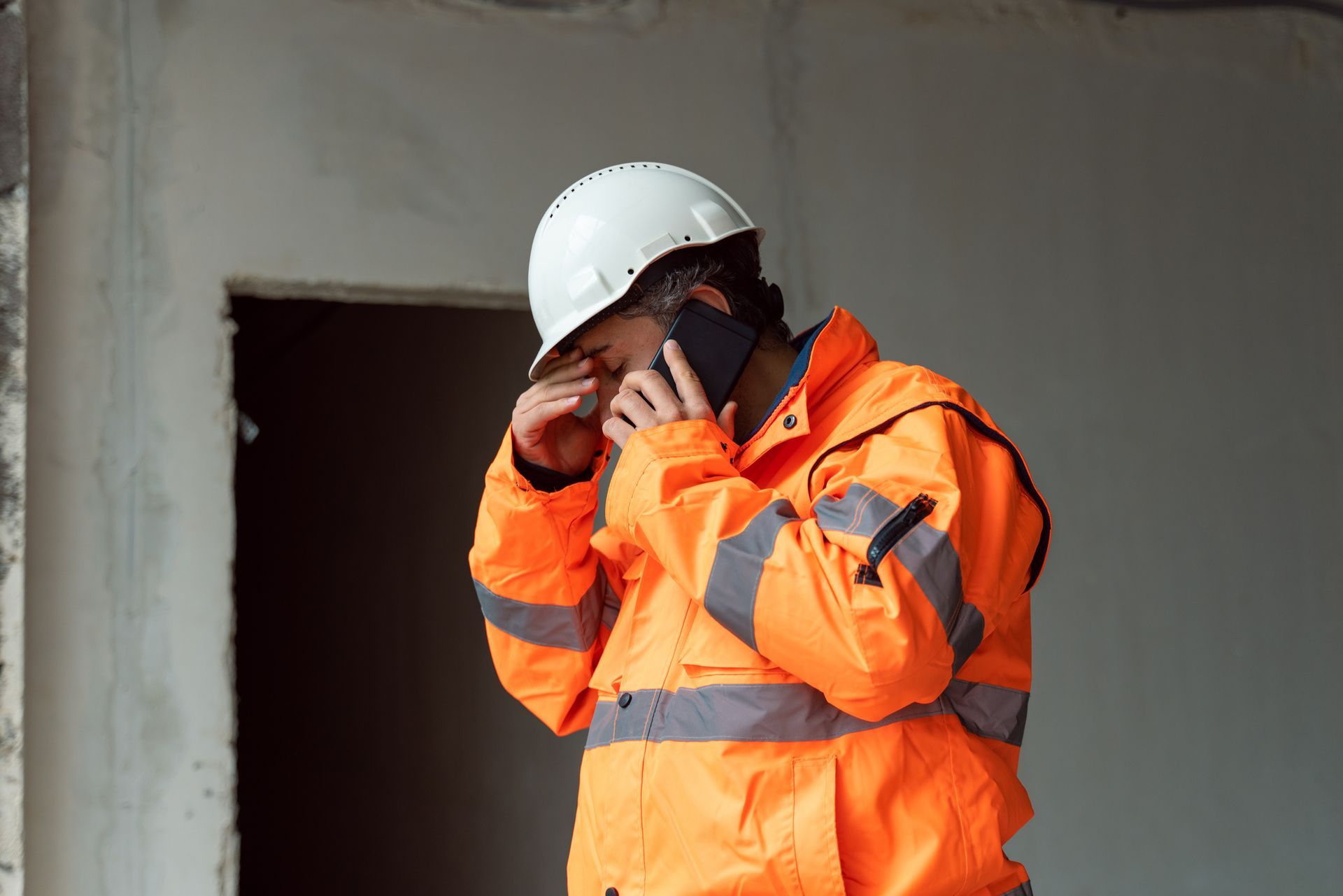
CONTACT INFORMATION
Phone: (616) 254-7197
Address: Rockford, MI 49341
BUSINESS HOURS
- Mon - Sat
- -
- Sunday
- Closed
